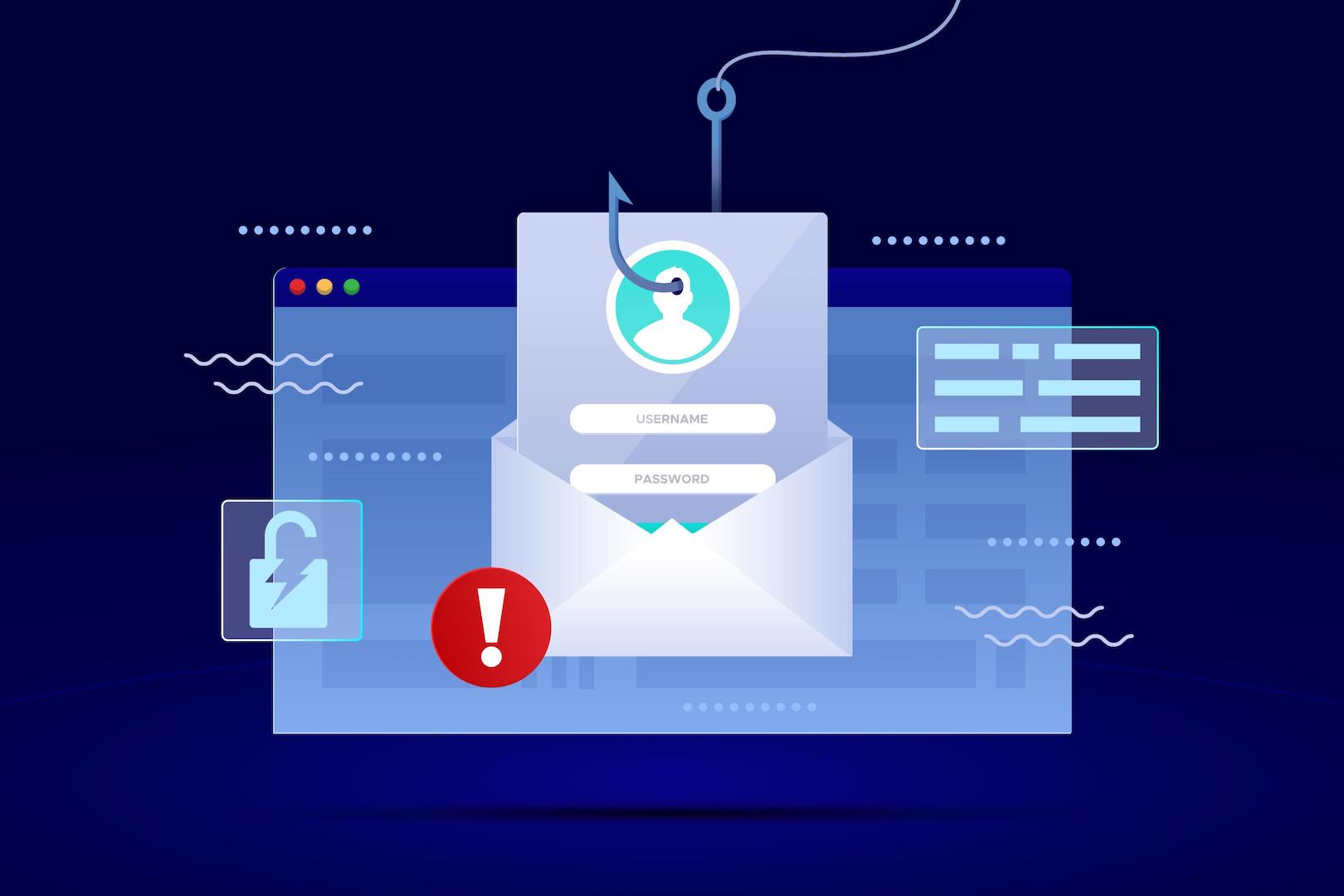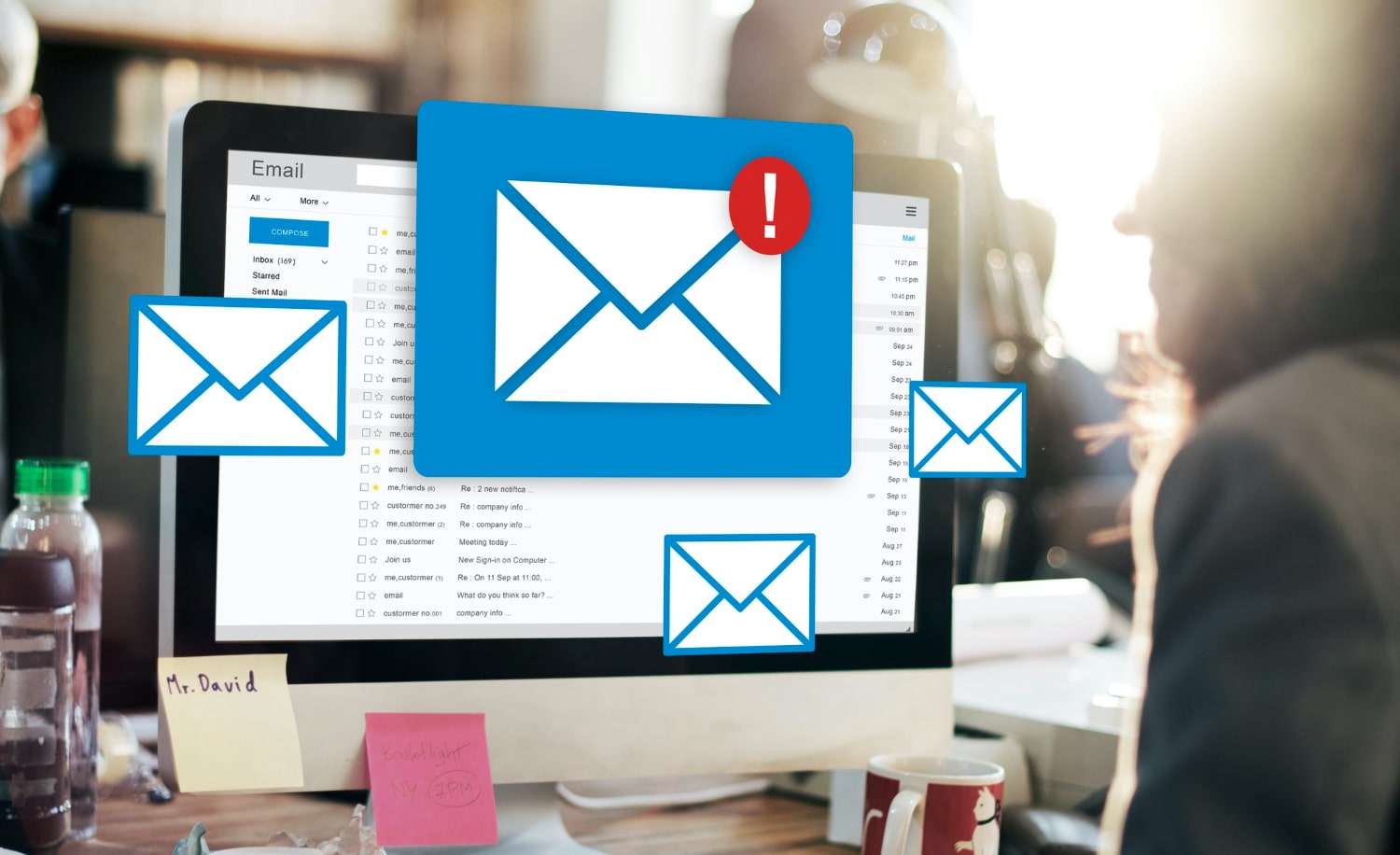Non-fungible tokens (NFTs) are unique digital assets that can’t be replaced by another asset. NFTs can be used for various purposes, from collecting digital art to trading digital collectibles to creating digital tokens for real-world assets. This beginner’s guide will examine the potential of NFTs and provide an overview of how to create them.
What are Non-Fungible Tokens (NFTs)?
Non-fungible tokens (NFTs) are unique digital assets that are unique, meaning they cannot be replaced by another asset. This makes them valuable because they are one-of-a-kind and have the potential to transform the way we think about digital ownership. NFTs are built on blockchains, which are digital ledgers that securely store and record transactions. NFTs are typically created on Ethereum, a decentralized platform that allows users to develop and deploy smart contracts.
NFTs can represent ownership of anything from digital art to physical goods, even real-world assets in some cases. They are typically used to tokenize physical assets, such as real estate or art, and they can be used to produce digital collectibles, such as games and trading cards. They also can be used for digital rights management, such as copyright protection and digital identity management.
NFTs are highly secure, immutable, and transparent, making them attractive to investors and creators alike. They are also easily tradable and can be bought, sold, and exchanged on various platforms.
Benefits of Creating NFTs:
Creating NFTs has many benefits, including the potential to create new revenue streams, increase exposure, and create new marketplaces. They are also a great way to tokenize physical assets, as mentioned above.
NFTs can also create more valuable digital artwork and other types of digital goods, which can be sold as digital collectibles. This means that creators can now monetize their work and make money from their art or other digital assets.
Another benefit of creating NFTs is that they are immutable, meaning that they cannot be changed once they are created. This gives creators peace of mind, as they know that their digital assets are secure and will remain unchanged. This also makes them attractive to investors, as they can be sure that the value of their investment will stay the same.
Finally, creating NFTs can help increase exposure. By creating NFTs and listing them on various NFT platforms like OKX.com, creators can gain more exposure for their work and potentially make more money.
How to Create an NFT?
Creating an NFT is relatively simple, but there are a few steps you have to take before you can start. The first step is to decide what platform you want to use to create your NFT.
The next step is to create a smart contract. This is a program that will define the rules and regulations of your NFT, such as the price, how it can be transferred, and any other relevant information. You can either create your own smart contract or use a template from a platform like OpenSea.
Once your smart contract is created, you can start creating your NFT. You will need to provide a name and a description for your NFT, as well as a digital image or video. You will also need to specify the price and any other relevant information, such as the number of copies available and when the sale will end.
Lastly, you will need to deploy your NFT onto the blockchain. This is done by submitting your smart contract to the Ethereum blockchain. Once your NFT is deployed, it is available for sale on your chosen platform.
Conclusion:
Non-fungible tokens (NFTs) are unique digital assets that can’t be replaced by another asset. They are increasingly becoming popular due to their potential to transform the way people think about digital ownership. Anyone who is creative and has the time and means to create NFTs can start to create their own digital assets.












